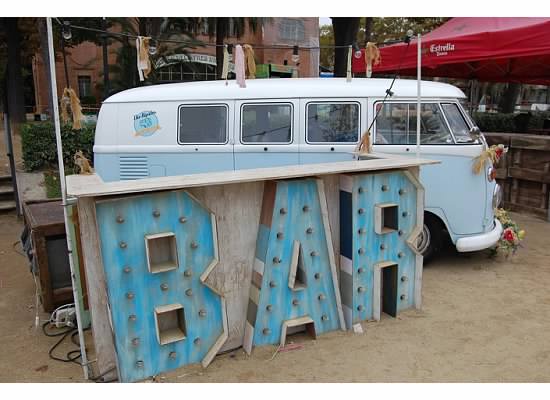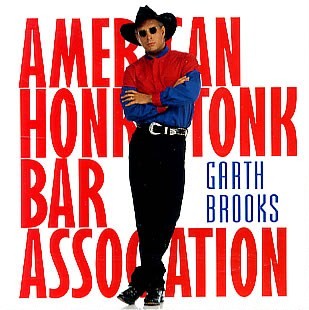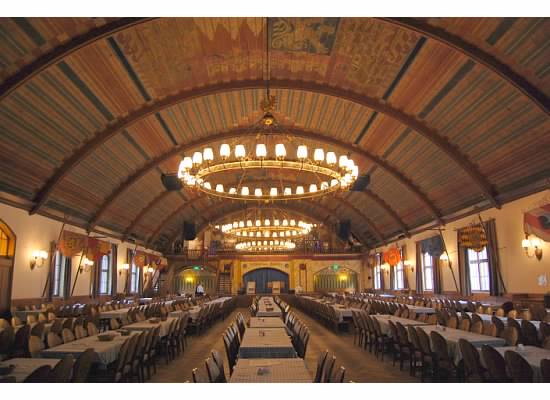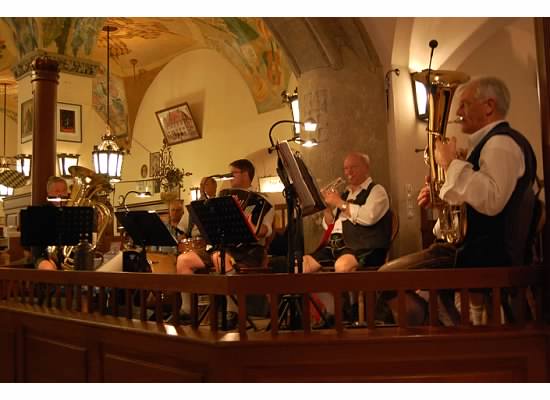For Community-Building Tips, Head to Your Local Pub
When it comes to creating a sense of community in your association, are you providing members with the appropriate spaces and tools?
During our honeymoon earlier this year, my husband and I visited several pubs and beer gardens in Ireland, Spain and Germany, and noticed that the setup in these establishments seems to encourage socializing with other patrons more than pubs in the United States do. You walk in and pick any table where you’d like to sit. (There is rarely a seating host.) Tables are set up very close together, or the seating area is mostly picnic-style, meaning you really will rub elbows with others.

This almost always leads to striking up a conversation because you are sharing such a tight space. The bars themselves sometimes have seating, but European bars are often shorter than American bars, meaning there is less opportunity to find a seat facing the taps and isolate yourself. In some establishments, the bar consists of a seat-free counter or window where patrons cluster together to chat with each other and the servers behind the bar as they sip their libations.
Community begins when new or disengaged members feel comfortable enough to stay and see what happens next. Are you turning visitors into “regulars”?
Four elements lead to a shared sense of community: membership, influence, fulfillment of needs, and shared emotional connection.
Effective communication, community engagement and collaboration build the social capital an association needs to be a valuable network for its members.
These spaces gave us the opportunity to feel a sense of community even though we were foreigners. Community begins when new or unengaged members feel comfortable enough to stay and see what happens next. Associations are more likely to keep new members if they immediately make them feel welcome and affirmed in their decision to join.
From pubs to associations: Four keys to a sense of community
Feelings of comfort and community aren’t solely physical; they’re psychological, too. Psychologists David W. McMillan and David M. Chavis define four elements that lead to a shared sense of community:
- Membership
- Influence
- Integration and fulfillment of needs
- Shared emotional connection

In our case, simply being in a pub or beer garden with others constituted membership. We went to these places hoping to integrate ourselves into the European nightlife scene and to fulfill our need to enjoy some food and beverages. Once there, we asked for beverage recommendations, accepting the influence of our bartender, and encouraged the musicians playing for the crowd, exerting some positive influence over them. As we shared pleasantries and travel stories with others, everyone developed a shared emotional connection. Americans might take their cue from Garth Brooks and call this instant, fluid club the “American Honky-Tonk Bar Association.”
Associations exist because individuals feel a need to belong, and it’s important that they create a shared sense of community for members. We want to collaborate to reach individual and group goals, and we like having shared experiences that engender loyalty and camaraderie. As an association grows, individuals enjoy the influence they can have as members within their industry and the influence (advice) they can turn to when they need help.
Four community-building tools
The chance to feel comfortable is a start, but that alone is not enough to sustain a community or an association. Associations must have the right tools to support and grow a community. Kristina Ricketts, University of Kentucky, and Nick Place, University of Maryland, studied what makes a community viable, and came up with four significant factors that build communities:
- Effective communication, what they call “the cornerstone of any functional community.” This includes having regular communication, balancing transparency with confidentiality, and maintaining open access between community leaders and members.
- Community Engagement. All communities age. Community leaders must encourage young/new members to become involved in events, functions and governing processes for the community to sustain itself and/or grow. Once these newer members feel they are an integral part of the community, they can become leaders themselves and strengthen the community even more.
- Collaboration, across groups and fields of interest. Communities with similar or complementary goals often find that pooling resources and networks results in a greater likelihood of achieving those goals. Collaboration also often results in new friendships and projects that strengthen a community further.
- Development of social capital, “the relationships and networks within a social structure where individuals contribute to the common good.” Strong communities with leaders who maintain open communication channels, encourage member engagement, and are open to collaboration–all of the factors listed above–find that creating social capital is easy, and compounding it comes naturally.

Successful pub owners know and practice these four factors well. They clearly communicate their fare and policies with menus and signs. They hire servers who are knowledgeable about the fare, engage patrons in friendly banter, and patiently and compassionately keep order when the party gets crazy. They collaborate with musicians and entertainment, which adds to the atmosphere and supports outside groups. As a result of all this, people gravitate to their establishment to take advantage of the social atmosphere and contribute their own capital to the pub’s growing network.

Effective communication, engagement and collaboration headed by strong leaders and supported by invested members are the hallmarks of an organized community or association. What does practicing these four factors look like for associations? Well-attended events. Programs that are fully funded and supported, that benefit most, if not every member. Opportunities for each member to contribute their strengths, resources and knowledge for the benefit of the association while sharpening their leadership skills. In other words, the association becomes a community where members know what’s going on and are proud to be part of it. They become regulars, just like a pub or beer garden has its regulars, and they grow personally and professionally as the social capital they contribute to the community pays dividends back to its members.
Conclusion
As we begin to close out the year and plan for 2015, take a look at the spaces and tools your association provides its members. How are you facilitating community? Are there areas, both physically and psychologically, that could use some improvements? What can your association do to turn the “tourists” sidling up to your pub into “regulars”?


